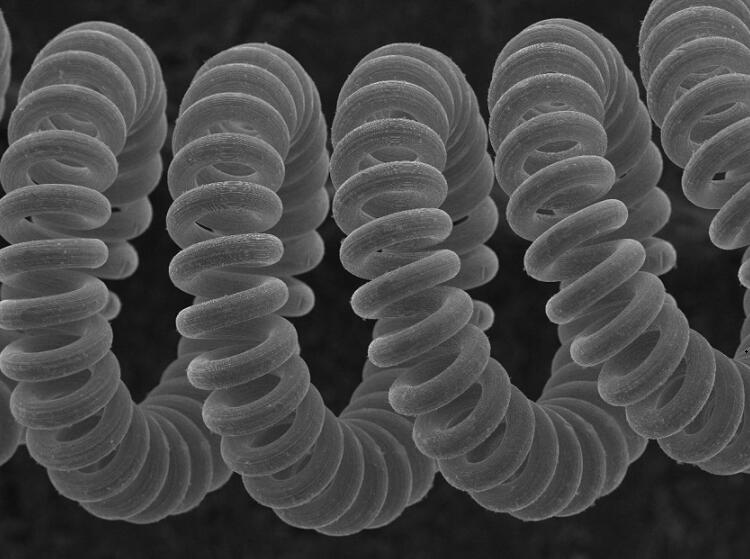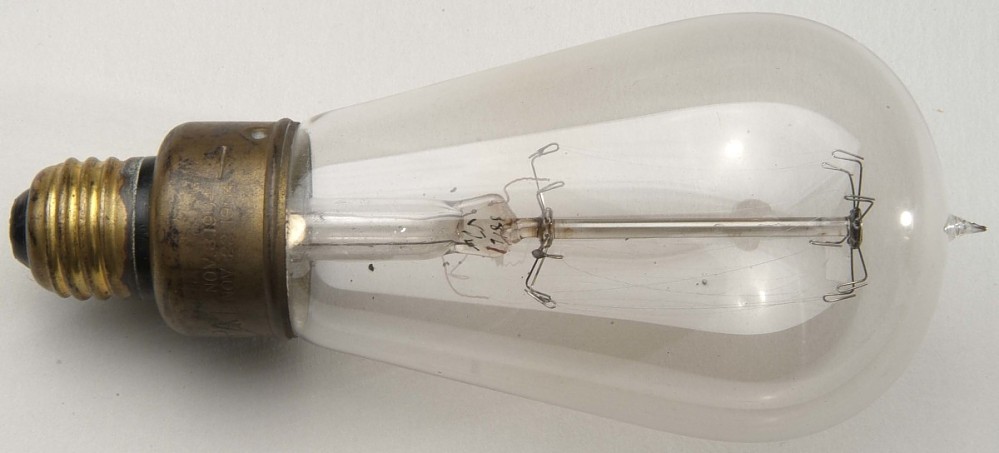Tungsten Wire History

Tungsten Wire History
A tungsten wire is a thin wire made by forging and drawing a tungsten bar. Thanks to its excellent properties, tungsten wire enjoys a wide range of applications. For example, Tungsten wires are used in electric light sources such as incandescent lamps and halogen lamps. In this article, we'll introduce the tungsten wire history.

Tungsten Wire History
- Tungsten wire, made by forging and drawing tungsten bars, has played a crucial role in lighting technology since the late 19th century.
- Early filaments, including carbon, osmium, and tantalum, had limitations such as short lifespans and low efficiency.
- In 1903, tungsten filaments were introduced, but initial versions were brittle until advancements in powder metallurgy in 1909 improved their ductility.
- By 1913, the introduction of thorium tungsten wire reduced brittleness, and later developments in the 1910s and 1920s led to non-sagging tungsten wire, enhancing durability and performance.
- Today, tungsten wire remains essential in lighting, electronics, and high-temperature applications, thanks to its superior strength and resistance to heat.
The development of the tungsten wire industry has been closely linked with the lighting bulb industry from the very beginning.
In 1878, Edison invented the carbon wire light bulb. But this kind of bulb has serious shortcomings, mainly because of its short life. Edison tried carbon wire in 1879 and used it for hundreds of hours. Although "carbon" has a very high melting point (3550°C), it has a low "sublimation" temperature. It is directly sublimated from a solid to a gaseous state at low temperature, so it is easy to consume, has a short service life, and must be completely isolated from the air (it will burn in the air).
Nearly 20 years later (1897), carbon wire was replaced by osmium wire and tantalum wire, but due to the low melting point of Os and Ta, the working temperature and light efficiency were low.
In 1903, according to the patents of A. Just and F. Hannaman, Hungary produced the first tungsten filament. In 1904, A. Just and F. Hannaman used a carbon-free binder to mix with tungsten compounds, extruded into filaments, and then heated in hydrogen to reduce them to metal. The tungsten wire made by this method is very brittle, but because of its much better light efficiency, it has replaced carbon wire, osmium wire, and tantalum wire for making bulbs.
None of the above methods can prepare fine tungsten wires. To solve this problem, in 1907, a tungsten alloy with low nickel content came out. It was prepared by mechanical processing, but its severe brittleness hindered its application.
Until 1909, WDCoolidge of General Electric Company of the United States produced tungsten billets through powder metallurgy and then used mechanical processing to produce tungsten wires with ductility at room temperature, thus laying the foundation for the tungsten wire processing industry. It also laid the foundation for powder metallurgy. However, this kind of tungsten wire exhibits obvious brittleness after the bulb is lit.
In 1913, Pintsch invented thorium tungsten wire (ThO2 content of 1% to 2%), which greatly reduced the brittleness of the incandescent filament. At first, the sagging of the filament was not a problem, because the filament was straight at this time. But after 1913, Langmuir changed the straight filament to the spiral filament. In this way, when the bulb is used, the high working temperature and deadweight cause the filament to sag, so pure tungsten and thorium tungsten are difficult to meet the requirements of use.
In order to solve the problems of sagging and the short life of tungsten wire, in 1917, A. Pacz invented a tungsten wire that was "undeformed" at high temperatures. However, the earliest non-sagging tungsten wire is more brittle than thorium tungsten wire, so some light bulb manufacturers insist on using thorium tungsten wire as the filament.
However, with the continuous development and improvement of the production process of non-sagging tungsten filaments, people have gradually realized that adding K, Si, and Al compounds to tungsten oxide at the same time can make tungsten filaments have good sagging resistance at high temperatures. This is what people often call "AKS tungsten wire", that is, "non-sagging tungsten wire" or "doped tungsten wire".
Conclusion
Thank you for reading your article and we hope it can help you have a better understanding of the tungsten wire history. If you want to learn more about tungsten wire or other refractory metals or alloys, would like to advise you to visit Advanced Refractory Metals (ARM) for more information.
Headquartered in Lake Forest, California, USA, Advanced Refractory Metals (ARM) is a leading manufacturer & supplier of refractory metals & alloys across the world. It provides customers with high-quality refractory metals & alloys such as molybdenum, tantalum, rhenium, tungsten, titanium, and zirconium at a very competitive price.
{{item.content}}
LEVE A REPLY
{{item.children[0].content}}
{{item.content}}






